HVAC (Heating, Ventilation, and Air Conditioning) enables clean and quality circulation of air within the building. The system modifies the temperature as per the need of the climate or season, having a significant impact on the operational cost and reducing potential waste in the buildings.
Introducing the fast-evolving Internet of Things technologies brings greater degrees of innovation, function, and meaningful ROI to the HVAC industry. Embedding intelligence and connectivity into these systems empowers providers and manufacturers to make better use of their assets and meet the energy-efficiency benchmark.
The role of IoT in the HVAC industry
The key benefit that IoT brings to HVAC systems is operational visibility. It analyzes and collects data to automate, maintain, plan, and optimize systems, driving the industry toward more cost-effective and advanced efficiency goals. The collected data is used to monitor and improve appliances reducing energy consumption by large margins.
IoT makes HVAC systems smart. It can easily track vibrations with motion sensors, along with airflow, pollutants, etc. HVAC contractors can continuously monitor building occupancy and turn down power usage if no movements are detected for a prolonged period. It can also incorporate third-party data sources, such as weather feeds, learn tenants’ preferences, and adjust temperature as per their comfort needs.
IoT trends transforming the HVAC industry
1. Data Analytics Driving Optimal Performance
Heating, Ventilating, and Air Conditioning (HVAC) contribute up to 50 percent of a building’s total power usage. So it’s logical to look for ways to optimize HVAC performance and generate efficient and sustainable outcomes. Data analytics is one of the most effective ways to achieve improvements in manufacturing plant facility and equipment efficiencies.
An IoT-enabled HVAC system allows seamless data collection, filtering, and sharing. This collected data helps the building managers reduce energy costs, device outages, and occupant discomfort. The systems are connected to the analytics platform enabling preventive maintenance and continuous optimization. Experts can figure out the maintenance needs of the equipment ahead of time, avoiding costly downtime and expected interruption to operations.
2. Automatically Reduce Power Consumption
Smart HVAC systems embedded with intelligence can easily identify the most energy-efficient configuration automatically. They can control the amount of conditioned, heated, or cooled air running through the building and optimize other parameters such as CO2 levels, temperature, humidity, and occupancy.
This means that smart controls can optimize the parameters and quantify the benefits of various configurations in terms of energy usage. The occupancy sensors can also improve the efficiency of cross-systems and help save power. It can modulate the amount of airflow in an area without starving or over-ventilating the other areas.
Besides that, connected HVAC platforms can give users an insight into power consumption and CO2 emission statistics. In the Pacific Northwest National Laboratory (PNNL) case, the institution equipped rooftop units (RTUs) with advanced controllers featuring a multi-speed fan, economizer, and ventilation controls. The evaluation found approximately 50% electricity savings for RTUs.
3. Remote Diagnostic and Predictive Maintenance
The data collected from the smart sensors are used to monitor the condition and functionality of the HVAC system. It gives a complete insight into the health of the systems right from temperature settings to energy consumption.
One such example is Daikin’s Intelligent Equipment system which provides real-time access to 150 data points on a rooftop HVAC unit or air-cooled chiller. Daikin’s cloud-based management platform allows system managers to trend HVAC health and performance throughout the system’s life cycle.
The collected data sets also help to run remote diagnostics irrespective of device, time, and location. Managers can easily detect a change or unusual behavior in the systems and send notifications so that the situation can be addressed immediately. This not only saves time and money but also energy and productivity, extending the life of the HVAC system.
4. Greater Control, Adaptability, and Comfort
Other than efficiency and remote diagnostics, smart HVAC systems can offer a superior level of control. Venrobotech’s Smart thermostat allows users to create temperature schedules, control multiple thermostats, and receive humidity and extreme temperature change alerts from a single app.
Sensors can measure temperature, humidity, and airflow and combine them with external parameters such as weather forecasts to determine optimal settings for the systems. This ensures high performance of the HVAC system and comfort for the users. This proactive approach helps smart HVACs create a comfortable environment rather than reacting to changes after they occur.
IoT is the future of HVAC Systems
IoT brings new and exciting opportunities to the energy sector. More and more businesses are switching to smart HVAC systems to compete in the changing commercial and energy-demanding market. Consumers are looking to reduce energy costs, protect temperature-sensitive materials, and maintain workplace productivity intact.

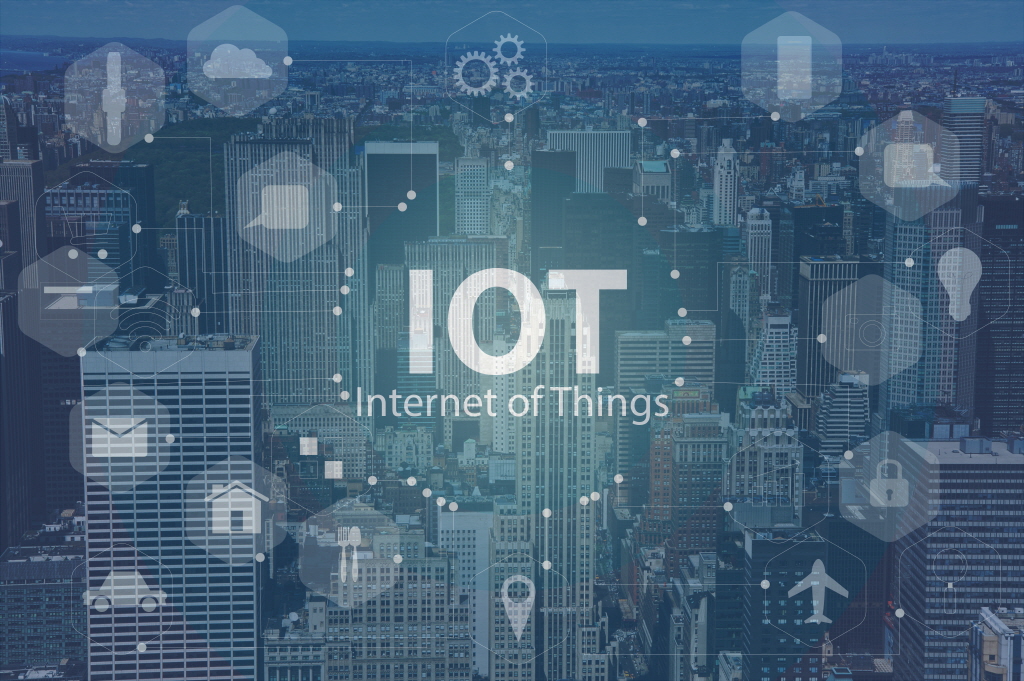
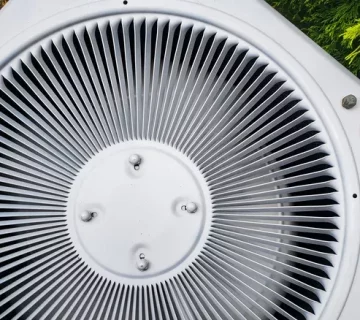
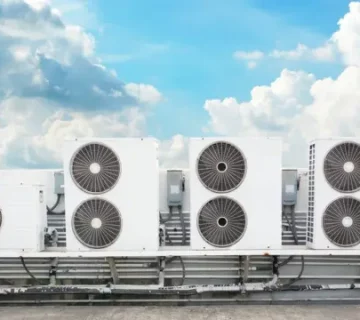
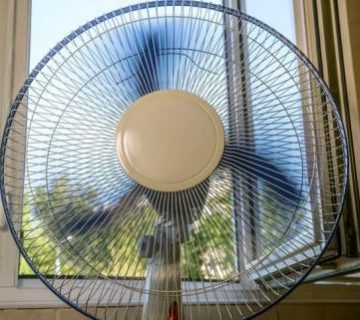
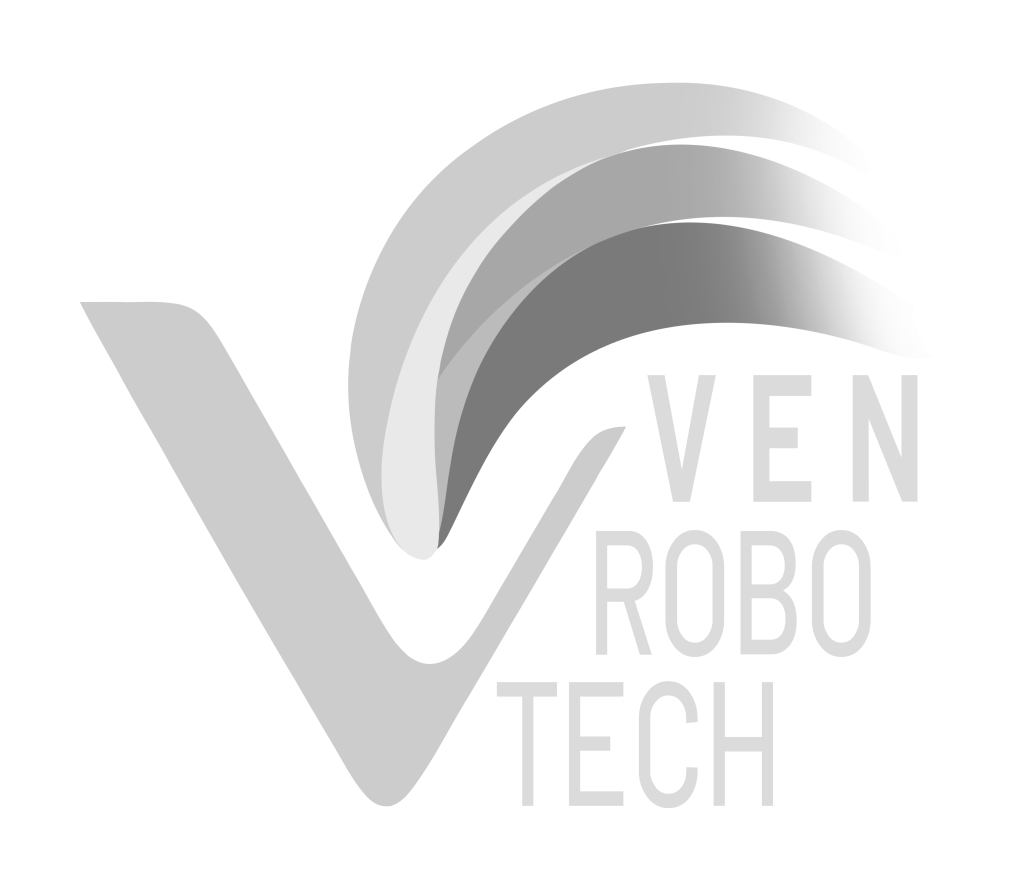
No comment